Happy Seniors Week! As we celebrate Seniors Week, it's the perfect opportunity to delve into the topic of how our bodies change as we age, with a particular focus on ... Read More The post Seniors’ Week 2023: How...
Happy Seniors Week! As we celebrate Seniors Week, it's the perfect opportunity to delve into the topic of how our bodies change as we age, with a particular focus on foot and postural health.
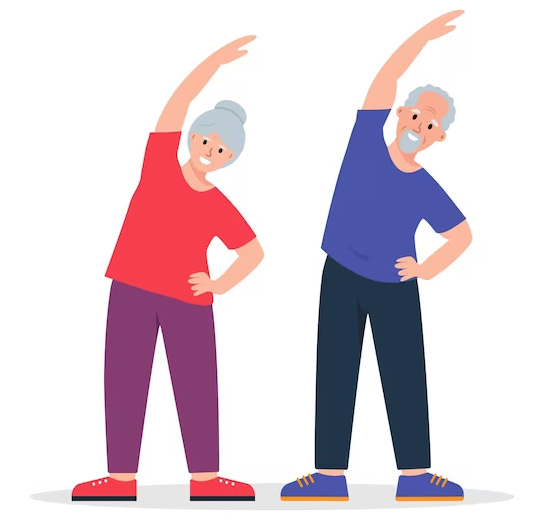
Some changes are entirely natural, while others may be attributed to various factors, including genetics, lifestyle choices, and overall health. Understanding these changes is key to maintaining good health and mobility, especially when it comes to our feet, the foundation of our mobility.
Osteoarthritis
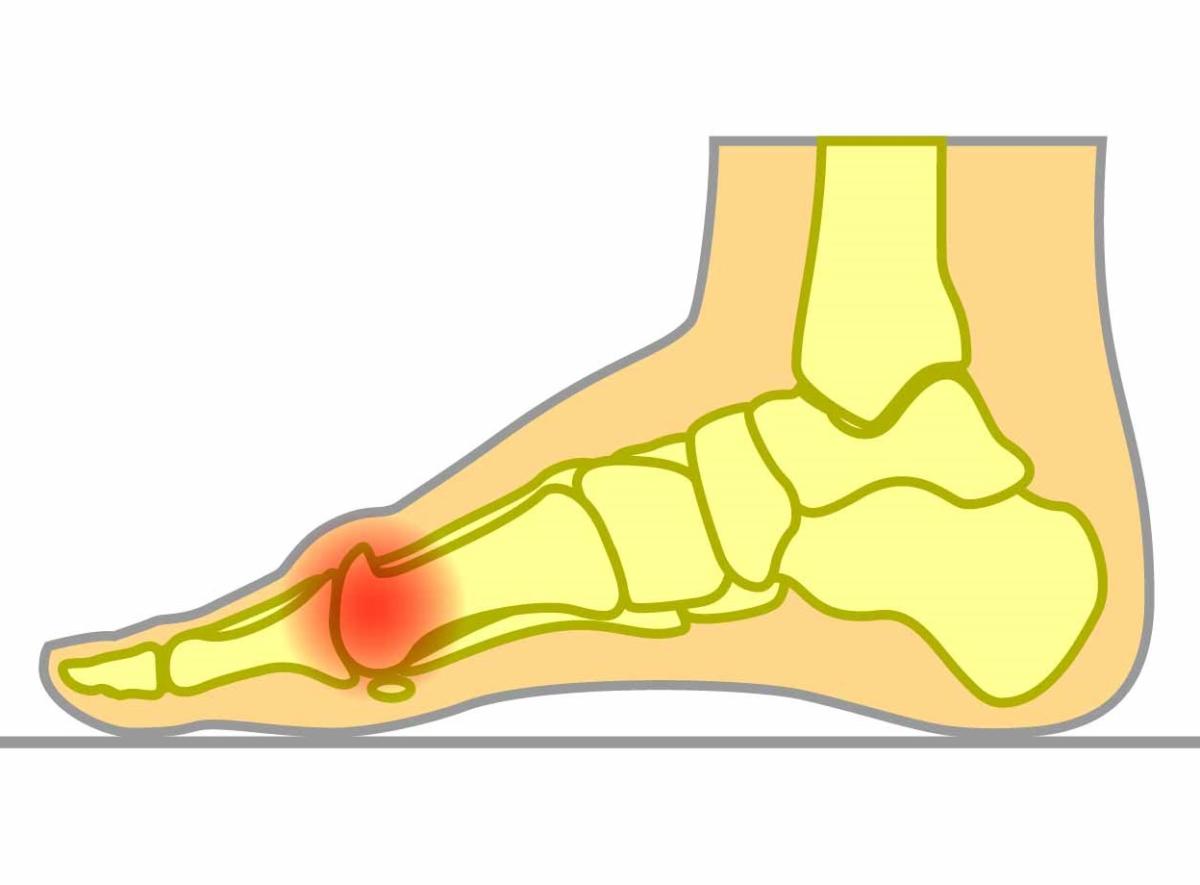
What is it?
Often referred to as "wear and tear" arthritis as the cartilage that cushions our joints naturally wears down People will feel pain, stiffness and reduced motion in their joint In our feet, it typically occurs in our big toe joint that we use to push off when we walkHow can we manage it?
Intrinsic foot muscle exercises are a great way to increase the strength around the joint to support it. Orthotics and footwear modifications are an important way to decrease the load on the joint itself and reduce the "wear and tear" occurring. In advanced cases, surgery is also an option It is important to see your podiatrist to find the cause of your osteoarthritis rather than treating the symptoms aloneBalance and Coordination Changes
Why does it happen?
Decreasing muscle strength makes it more difficult to maintain balance and stability Reduced sensation in our feet can occur as we age, making it harder to feel the ground and make the necessary adjustments for balance Vision changes as we age can also make it more difficult to perceive the ground in front of you which can reduce your coordinationHow can we manage it?
Neurovascular examination to assess for any reduced sensations in your that indicate a loss of balance Muscle function testing to assess any weaknesses you may have that we can provide a personalised exercise program for Footwear evaluation to ensure you are wearing shoes that provide stability and minimise risks Balance and core strengthening exercises to improve your strength and balance ability.Thicker Nails
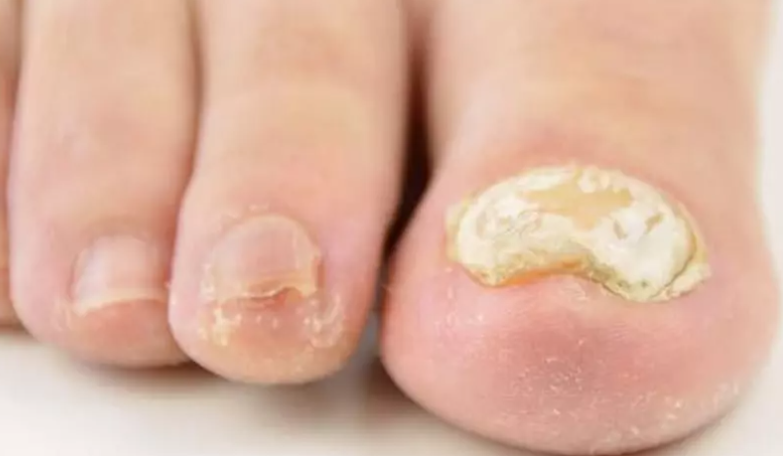
Reduced Skin Moisture
Urea is an important component of your skin's natural moisturising factor which is essential for maintaining a health and hydrated skin barrier As we age, our skin's ability to produce urea reduces so it is important to use a moisturising cream that contains urea to keep your skin hydrated If your skin has low levels of urea, it will result in hard skin such as calluses and corns developing quicker Seeing a podiatrist is recommended to get the hard skin reduced and to find the correct regime of routine maintenence and moisturising to keep your feet in tip top shape!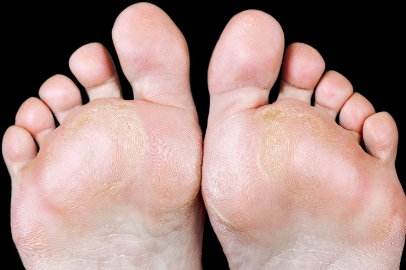
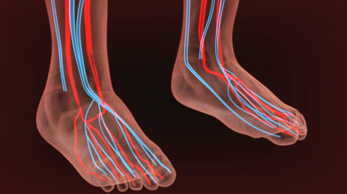
Reduced Circulation
Aging often leads to a natural decline in overall circulation throughout the body As your feet are the furthest part of you from your heart, the feet's blood supply is always affected first This can potentially result in slower healing of wounds and injuries, and make your feet more susceptible to temperature changes Our podiatrists can conduct thorough vascular assessments to assess the quality of your blood flow to your feet to determine if any further assessments are requiredIf you are seeking effective and cutting-edge treatments for your podiatric concerns and want to see The Foot Clinic difference for yourself, click here to book in for an appointment with one of our podiatrists so we can get you back on your feet today!
Useful links
Read more about toe and forefoot pain. Plus our treatment options available.
The post Seniors’ Week 2023: How Our Bodies Change As We Age appeared first on The Foot Clinic.


